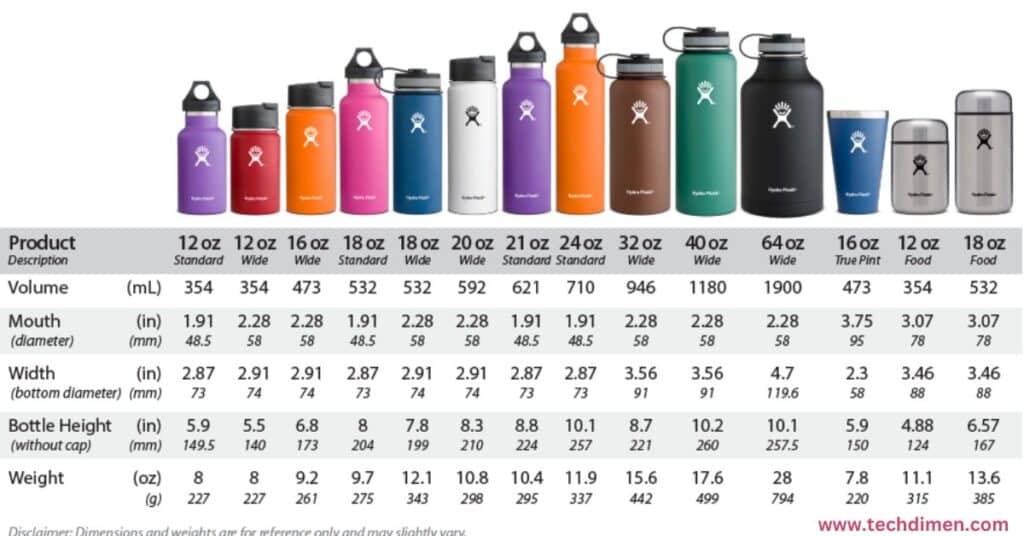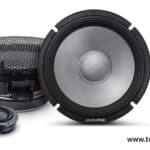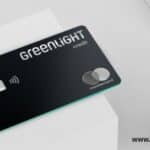Whether you’re baking banana bread, pouring the perfect cocktail, or just reading a recipe from another country, you’ve likely stumbled on a measurement like 350 ml and thought how many ounces is that, exactly?
Well, you’re in the right place. This guide will show you how to convert 350 ml to oz (both US and UK), why the difference matters, and when to go for precision vs estimation. Let’s dive in.
Quick Conversion How Many Ounces in 350 ml?
350 ml Equals How Many Ounces?
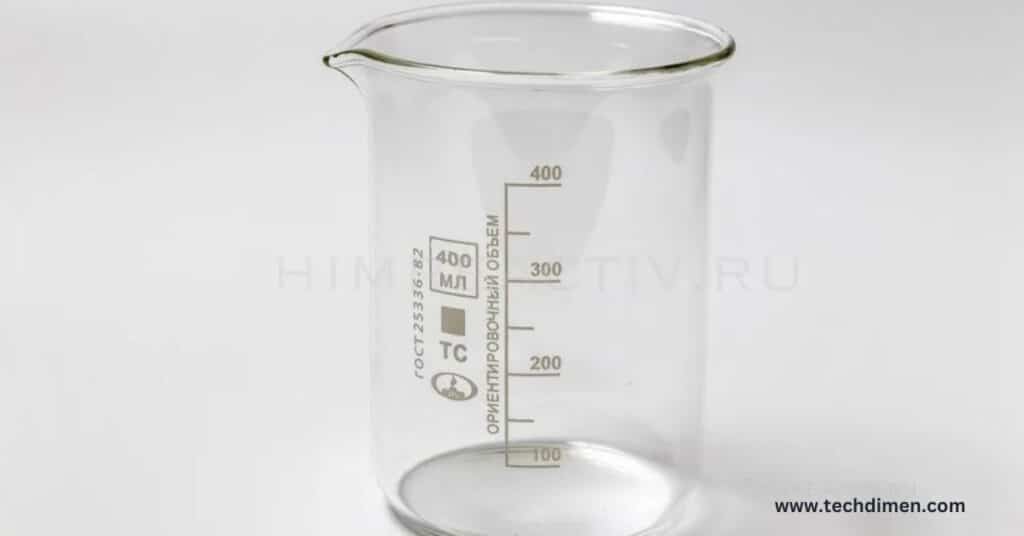
The short and accurate answer:
| Unit System | 350 ml in Ounces |
|---|---|
| US Fluid Ounces | 11.83 fl oz |
| UK (Imperial) Ounces | 12.32 fl oz |
350 ml = 11.83 US fluid ounces
350 ml = 12.32 UK (Imperial) fluid ounces
the Basics of Fluid Measurement
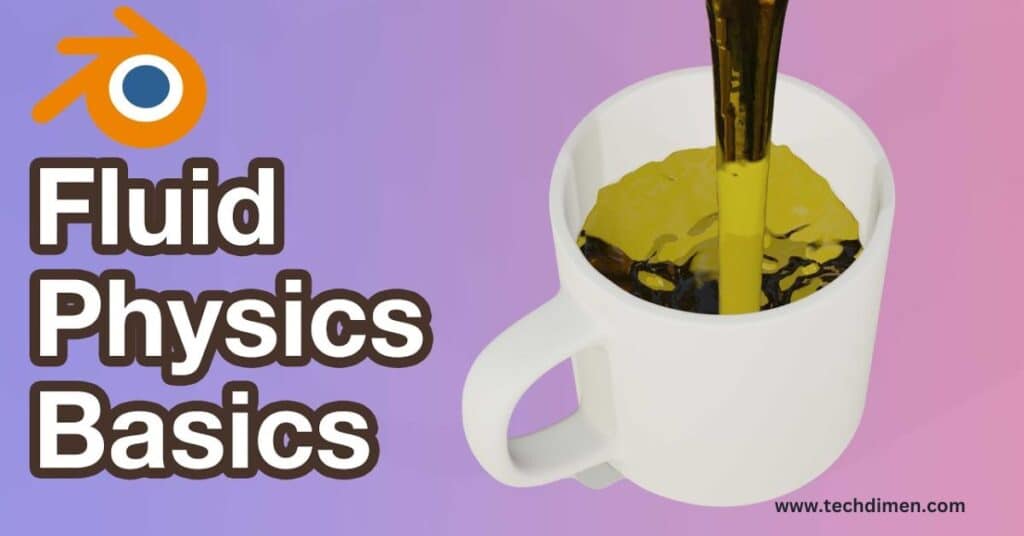
What Is a Milliliter (ml)?
A milliliter is a metric unit of volume, commonly used in most countries outside the U.S. One milliliter equals one-thousandth of a liter.
- 1 liter = 1,000 ml
- 1 ml = 1 cubic centimeter (cc)
What Is a Fluid Ounce (oz)?
A fluid ounce (fl oz) is a unit of liquid volume in the Imperial and US customary systems.
- 1 US fl oz = 29.5735 ml
- 1 UK fl oz = 28.4131 ml
US vs UK Ounces: Why the Difference?
The US fluid ounce is based on the Queen Anne wine gallon (231 cubic inches), while the UK system is based on the Imperial gallon (160 fluid oz = 4.546 L).
How to Convert 350 ml to Ounces Manually
Standard Conversion Formulas
- US fluid ounces:
ml ÷ 29.5735 = fl oz - UK (Imperial) fluid ounces:
ml ÷ 28.4131 = fl oz
Example: Manual Conversion to US fl oz
350 ÷ 29.5735 ≈ 11.83 US fl oz
Example: Manual Conversion to UK fl oz
350 ÷ 28.4131 ≈ 12.32 UK fl oz
Conversion Table: Milliliters to Fluid Ounces
Here’s a quick-reference conversion chart for common values near 350 ml:
| Milliliters (ml) | US Fluid Ounces (oz) | UK Fluid Ounces (oz) |
|---|---|---|
| 300 ml | 10.14 oz | 10.56 oz |
| 320 ml | 10.82 oz | 11.26 oz |
| 330 ml | 11.16 oz | 11.62 oz |
| 350 ml | 11.83 oz | 12.32 oz |
| 370 ml | 12.51 oz | 13.01 oz |
| 400 ml | 13.53 oz | 14.08 oz |
350 ml in Daily Life: What Does It Look Like?
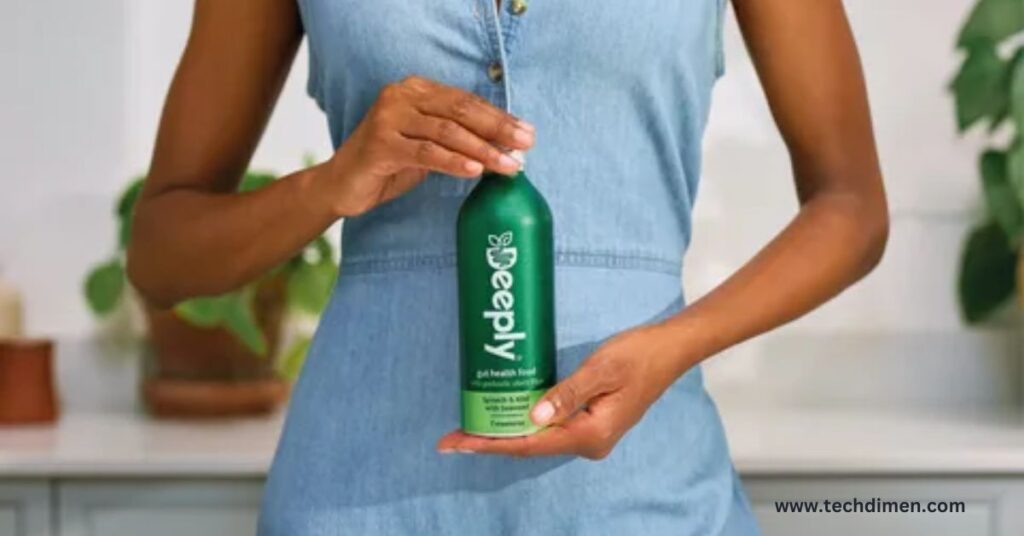
Sure thing!
Here’s a natural, easy-to-read, expanded section for Beverages, following your style instructions perfectly active voice, natural transitions, varied sentences, casual but smart tone:
Fluid Measurement in Beverages
Imagine grabbing your favorite smoothie or coffee and thinking, “Is this 350 ml or more?”
When it comes to beverages, fluid measurement plays a bigger role than you might think whether you’re brewing, bottling, or just trying to track what you drink in a day.
Why Fluid Measurement Is Important for Drinks
From hydration goals to calorie counts, knowing how much you’re drinking matters.
Here’s why:
- Health tracking: Doctors often recommend drinking a certain number of ounces or milliliters of water daily.
- Serving sizes: Beverage labels list ml and fl oz so you know exactly how much you’re getting.
- Mixing drinks: Cocktails, smoothies, and specialty coffees all rely on precise fluid measurements to get the flavor just right.
A little too much syrup in your latte? Suddenly, it’s a sugar bomb instead of a treat.
Common Beverage Sizes in Milliliters and Ounces
Ever wondered how common drinks stack up?
| Beverage | Volume (ml) | Volume (oz) |
|---|---|---|
| Standard water bottle | 500 ml | 16.9 oz |
| Medium coffee cup | 350 ml | ~12 oz |
| Canned soda | 355 ml | 12 oz |
| Smoothie serving | 300–400 ml | 10–14 oz |
Fun fact: A medium coffee at most cafés is right around 350 ml perfect for remembering your conversions!
Home Beverage Tips
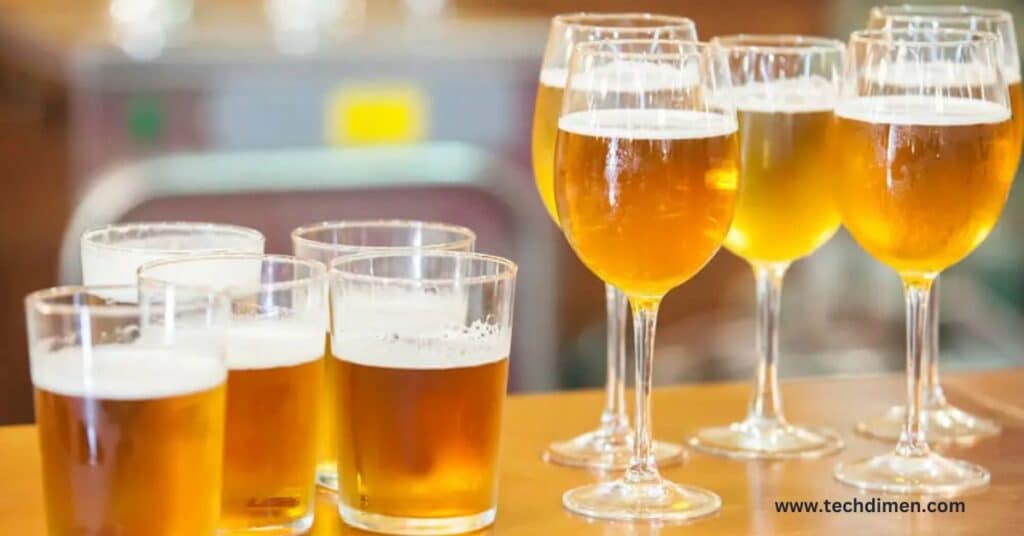
- Use a measuring cup when making smoothies, juices, or cocktails at home.
- Stick to recipes when trying new drinks. Even a little too much liquid can water things down.
- Keep an eye on nutrition labels especially if you’re watching sugar, caffeine, or alcohol intake.
Why Fluid Measurement Matters in Recipes
In cooking, a little flexibility can be fun. But in baking?
Precision is everything.
Baking is a science. If you add too much milk or not enough oil, your cookies might end up dry, flat, or just plain weird. That’s why chefs and bakers around the world rely on exact fluid measurements.
Here’s the deal:
- Liquids like milk, water, oil, and extracts are often listed in milliliters (ml) or fluid ounces (fl oz).
- Knowing how to switch between the two saves you time, stress, and a lot of second-guessing.
How to Measure Liquids Correctly in the Kitchen
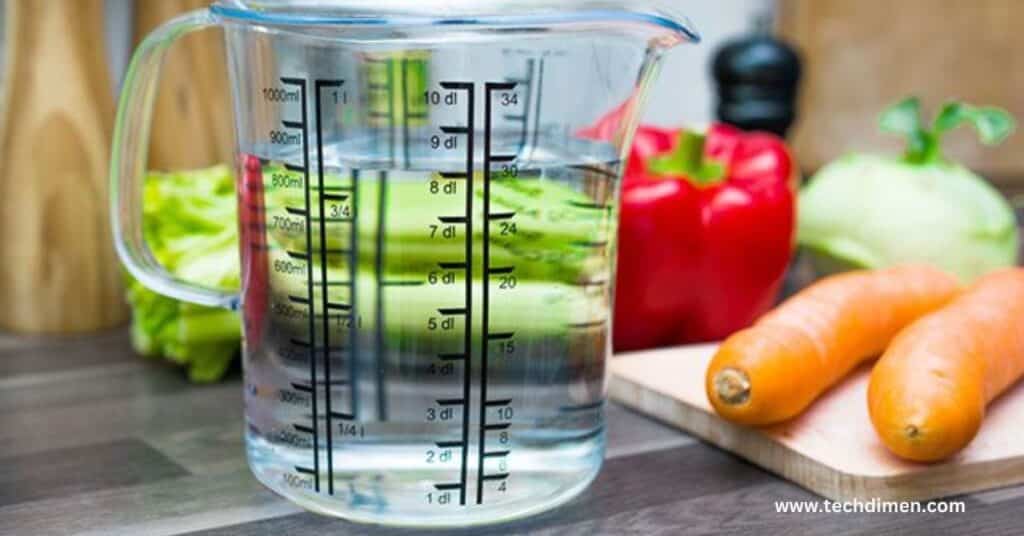
Tip #1: Always use a liquid measuring cup, not a dry one.
Tip #2: Place the cup on a flat surface and check the level at eye height no bending over or squinting!
Pro Tip: Some measuring cups even have ml and fl oz marked side-by-side, making conversions a breeze.
Common Cooking Conversions You’ll Need
Here are a few kitchen conversions you’ll probably run into often:
| Milliliters (ml) | US Fluid Ounces (fl oz) |
|---|---|
| 100 ml | 3.4 fl oz |
| 250 ml | 8.45 fl oz |
| 350 ml | 11.83 fl oz |
| 500 ml | 16.9 fl oz |
So if your recipe says 350 ml of milk, now you know it’s about 12 ounces.
Everyday Examples in Cooking and Baking
To make it even clearer, here’s where you might see 350 ml pop up in real recipes:
- Smoothies: 350 ml of almond milk for the perfect creamy texture.
- Cakes: 350 ml of buttermilk to keep layers moist and fluffy.
- Soups: 350 ml of broth to get just the right consistency.
Fun Fact: Some classic recipes from the UK or Europe often list ingredients in ml, while American recipes lean toward ounces. Knowing both saves you a lot of Googling mid-recipe!
Mistakes to Avoid When Measuring Liquids
Even seasoned cooks slip up. Here’s what to watch out for:
- Using the wrong cup: Dry measuring cups aren’t accurate for liquids.
- Not leveling the liquid: Always double-check at eye level to avoid misreads.
- Ignoring small differences: Especially in baking, even a tiny mistake can mess up the texture.
Remember, a little extra attention upfront means a lot fewer ruined meals later!
Fluid Measurement in Health & Medicine
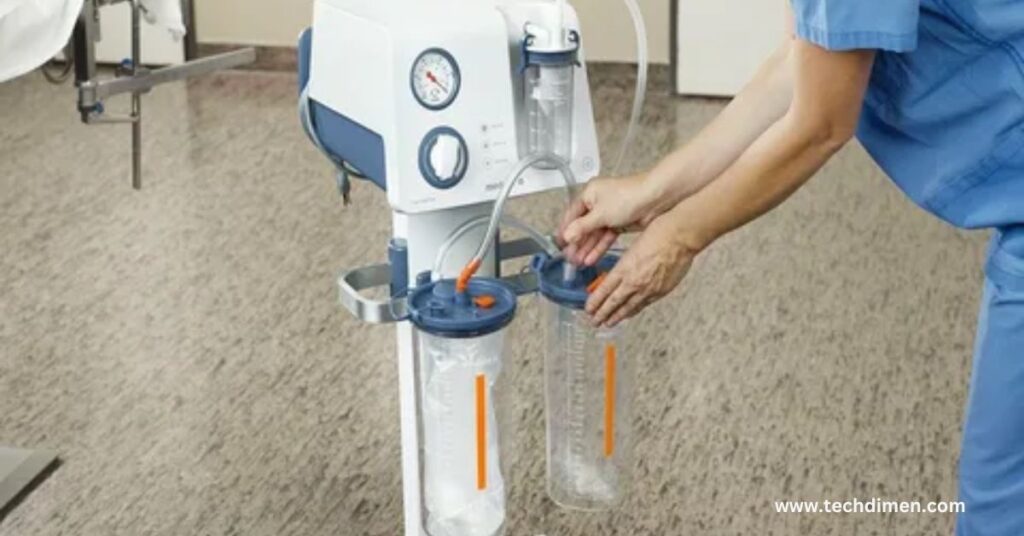
Getting fluid measurements right isn’t just about being precise it’s often a matter of health and safety. Whether it’s a tiny spoonful of cough syrup or an IV drip in a hospital, knowing the difference between milliliters and fluid ounces can make a huge impact.
Let’s dive into why fluid measurement matters so much in the world of health and medicine.
Why Accurate Fluid Measurement Is Critical
When a doctor prescribes you a liquid medicine, they don’t just guess the amount.
The exact dose can mean the difference between getting better and causing serious harm.
A few reasons why accuracy matters:
- Overdosing risks: Taking too much medicine can lead to side effects, toxicity, or worse.
- Underdosing problems: Taking too little might not treat the illness properly.
- Pediatric care: Kids’ doses are based on weight, so precision is even more important.
In short? Milliliters and fluid ounces are not just numbers they can literally save lives.
How Fluid Measurement Is Used in Medical Settings
In hospitals and clinics, you’ll find fluid measurements everywhere.
Here’s where they show up most:
- IV Therapy: IV bags deliver fluids or medication directly into veins, measured in ml per hour.
- Liquid Medications: From antibiotics to painkillers, liquid prescriptions are dosed carefully in ml.
- Vaccinations: Some vaccines are given in exact milliliter quantities to ensure effectiveness.
No room for guesswork here.
Common Tools for Measuring Medical Fluids
Doctors and nurses use special tools designed for accuracy. You might recognize some of these:
1. Oral Syringes
No needles here just a syringe with clear ml markings.
Perfect for giving medicine to kids or pets.
2. Medicine Cups
These tiny cups usually hold around 30 ml (about 1 US fl oz).
They’re common in hospitals, pharmacies, and even your kitchen drawer.
3. Droppers
Used for super-small doses (think: eye drops or infant medicine).
Each squeeze is measured in precise milliliters.
4. IV Drip Bags
A lifeline for patients needing hydration, nutrients, or medication fast.
Bag volumes are labeled in ml and every drop counts.
Milliliters vs Fluid Ounces in Medical Labels
Ever notice how some medicine bottles list doses in ml while others show fl oz?
Here’s why:
- United States: Some over-the-counter products still list fluid ounces, but most medical-grade products stick to milliliters for better precision.
- Other Countries: Almost everything medical is measured in ml no confusion, no conversions needed.
Quick tip:
If you ever get confused, 1 US fluid ounce = about 29.57 ml.
But double-check the label anyway, especially with children’s medicine.
Why It Matters
Let’s say you’re giving your baby fever medicine.
The instructions say “give 5 ml,” but you accidentally measure out 5 fl oz instead (which is around 150 ml!).
That’s 30 times the correct dose a serious emergency.
Scary, right?
That’s why understanding fluid measurements is so important.
Key Takeaways 350 ml to oz
- Always check whether the instructions use ml or fluid ounces.
- Use proper tools like syringes or measuring cups.
- When in doubt, ask your doctor or pharmacist they’re there to help!
A little attention to measurement goes a long way toward keeping you and everyone else safe and healthy.
Fitness & Nutrition
Tracking water intake, protein shakes, or electrolyte drinks? Knowing that 350 ml = 11.83 oz helps keep your macros on point.
Tools to Convert ml to oz Instantly
Recommended Online Converters
Best Kitchen Gadgets 350 ml to oz
- Digital kitchen scales with ml and oz toggle
- Measuring cups with ml/oz labels
- Cocktail jiggers often show both units
Apps to Download
- Kitchen Calculator PRO (iOS/Android)
- Convert Units by Physphil
Common Questions About 350 ml to oz
Is 350 ml the same as 12 oz?
Almost.
- 350 ml = 11.83 US oz
- So it’s just shy of 12 oz.
But in everyday use, many round it to 12 oz, especially with beverages.
How many cups is 350 ml?
- 1 US cup = 240 ml
- So 350 ml = about 1.46 US cups
Can I estimate 350 ml without tools?
Yes. Try using:
- A large mug = ~350 ml
- A 12 oz soda can (US) = a good stand-in
- A metric measuring cup = best bet
Related Conversions to Know
| Milliliters | US oz | UK oz |
|---|---|---|
| 250 ml | 8.45 oz | 8.80 oz |
| 500 ml | 16.91 oz | 17.60 oz |
| 1,000 ml (1 L) | 33.81 oz | 35.20 oz |
Want to know how 350 ml compares to cups, pints, and liters?
- 350 ml = 1.48 US cups
- 350 ml = 0.74 pints (US)
- 350 ml = 0.35 liters
Of course!
Here’s a set of FAQs for your 350 ml to oz article written naturally, with a focus on SEO, clarity, and helpfulness. I’ll also vary the structure a bit so it sounds more human and flows nicely:
FAQs;
How many ounces is 350 ml?
350 milliliters is approximately 11.83 US fluid ounces or about 12.32 UK (Imperial) fluid ounces.
Always double-check which system you’re using US and UK ounces are slightly different!
Is 350 ml the same as 12 oz?
Not exactly.
350 ml is a little less than 12 US fluid ounces.
If you’re following a recipe that calls for 12 oz, 350 ml will get you very close, but for perfect results, you might want to add just a tiny splash more.
How do I quickly convert 350 ml to oz without a calculator?
Here’s a trick:
Multiply ml by 0.034 to get US fluid ounces.
So, 350 × 0.034 ≈ 11.9 oz close enough for most everyday needs!
Why does the US and UK have different fluid ounces?
Because their fluid ounce definitions are based on different measurements.
- In the US, 1 fluid ounce = 29.5735 ml.
- In the UK (Imperial system), 1 fluid ounce = 28.4131 ml.
It’s a small difference but can matter in precise recipes or medicine doses.
Can I use a regular kitchen cup to measure 350 ml?
You can, but be careful!
A standard US measuring cup holds about 240 ml, so 350 ml is roughly 1.5 cups.
For best accuracy, use a measuring jug with ml and oz markings.
How much is 350 ml of water in cups?
350 ml of water is about 1.48 US cups.
Think of it as just under 1 and a half cups.
What common drinks are around 350 ml?
- A medium-sized coffee
- A standard can of soda (355 ml)
- Some bottled iced teas or energy drinks
So if you’re holding a soda can, you’re pretty close to 350 ml!
Is it important to be exact when converting ml to oz in cooking and medicine?
Absolutely.
In baking and medicine, even small errors can throw off a recipe or a dosage.
When in doubt, measure carefully!
What’s easier: measuring in ml or oz?
Honestly, ml is often easier because it’s a straight metric measurement (based on tens).
Fluid ounces can feel trickier since they don’t convert as neatly but it really depends on where you live and what you’re used to.
Can I find measuring tools that show both ml and oz?
Yes!
Many liquid measuring cups, syringes, and even baby bottles show both ml and oz side by side.
It makes life so much easier when switching between systems.
Conclusion Remembering the 350 ml to oz Rule of Thumb
Here’s your quick-reference takeaway:
- 350 ml = 11.83 US fluid ounces
- 350 ml = 12.32 UK fluid ounces
- Visually? It’s about a medium drink, one and a half US cups, or just shy of a can of soda.
When precision matters (like baking, meds, or fitness), use a calculator or measuring tool. When it doesn’t? Eyeball it with confidence using this guide.

Jhon AJS is a tech enthusiast and author at Tech Dimen, where he explores the latest trends in technology and TV dimensions. With a passion for simplifying complex topics, Jhon aims to make tech accessible and engaging for readers of all levels.

